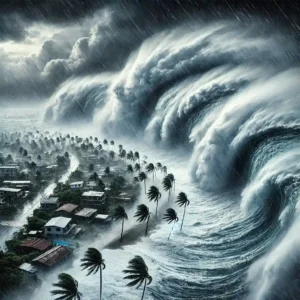
Hurricane season is a critical period for Puerto Rico, and being prepared can make the difference between safety and danger. In
We use electricity on a daily basis. It can almost be said that there is no human activity that does not depend on a constant and reliable supply of electrical energy. This form of energy has been involved in all dimensions of our lives: at work, in entertainment, in industrial production, in tourism, in cultural dissemination, in academic life, etc., etc. Thus, electricity in the modern era has come to occupy a fundamental role for us.
However, we know little or nothing about her. We know that we can connect electrical appliances to the wall plug or socket, but not why or how this happens; we know there are power plants, yes, but we don't know how they work; we know that there are different ways of obtaining energy, but we hardly have an opinion about which one is more efficient or better; In short, despite the fact that electricity is part of our daily life, we ignore much of it. Therefore, below, we will give a brief account of what it is and how it works.
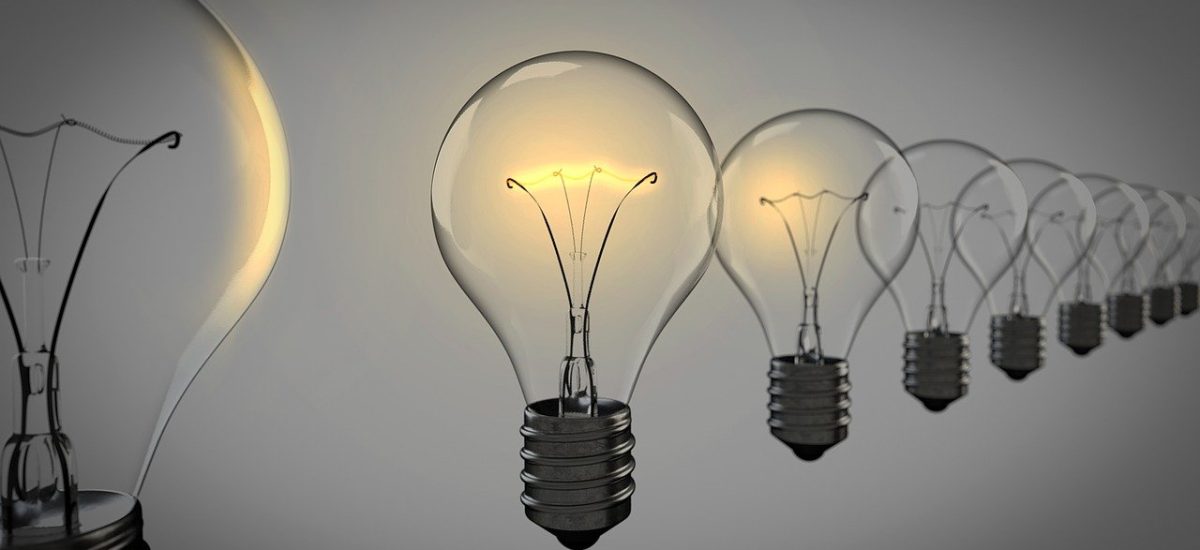
We usually identify electricity with usable electrical energy, like the one we normally use. It's not wrong, but it's not accurate. Electricity comprises all physical phenomena in which there is the presence of and transmission of electric currents.
In other words, from an electrical discharge in the middle of a storm, through the photovoltaic effect and the phenomenon of electromagnetic induction, they all have something in common: the flow of electrons through conductive materials that allow their circulation.
This flow of electrons, in simple words, is what is called electricity. Later we will talk about its applications.
Only until well into modernity did electricity begin to be studied. However, electrical phenomena have drawn the attention of human beings for more than two thousand years. Moreover, the word "electricity" comes from the Greek word (ελεκτρον) electron¸ which means “amber”. Already since ancient Greece it was known that by rubbing this material with animal skins it acquired magnetic properties.
The causes of this phenomenon were unknown for several centuries, since the idea of the world structure did not contemplate the existence of atoms; so that an explanation in the terms in which we speak of electricity today was simply impossible, and likewise, it was ignored that this phenomenon was related to a phenomenon such as lightning. But this did not prevent attempts to study electricity.
Starting in the 16th century, electrical phenomena caused even more curiosity, so many explanations were attempted and several experiments were undertaken. It was not until the 19th century that a theory was implemented that conceived electrical and magnetic phenomena as related. Between the theoretical advances of James Clerk Maxwell and those of Michael Faraday, the theory of electromagnetic fields was finally outlined.
Basically, this theory indicates that the movement of a magnetic field "drags" the free electrons (with a negative electrical charge) from a material, leaving one end with a deficit of electrons, acquiring a positive charge. This phenomenon, known as electromagnetic induction, explains the generation of the electromotive force, or, in simple words, the generation of usable electrical energy. To illustrate, this is the principle by which electric generators work.
There are two types of electricity, which are differentiated by virtue of their movement or lack of it.
Static electricity is a phenomenon that occurs when electrons (with a negative charge) are transferred to a material between two conductive surfaces that rub against each other. This excessive accumulation of electrons is known as electrostatic charge; and since it does not flow but remains in the material whose atoms have ceased to be neutral, it is known as static electricity.
In everyday life, this type of electricity is the most frequent. Here, the transmission of free electrons occurs between one conductive material and another; that is, it is not static. It is the type of usable energy, since the flow of electrons can be made to pass through an electrical circuit made up of conductive materials. Here we can start talking about electric current and the types of electric current.
There are also two types of electric current, differentiated by the way electrons flow.
We say that it is direct current (or direct current) when the electrons, all the time, flow only in one direction. This means that its polarity is always the same; that is, the negative side will always be the same, as will the positive. This type of current is not very efficient when it comes to transporting large amounts of energy.
On the contrary, direct current is characterized in that its flow of electrons changes direction in a certain period of time, forming up to 60 cycles per second in which the value of the voltage also changes. Due to its characteristics, it is quite efficient to transport large amounts of energy.
Being a type of usable energy, it must be able to be measured in order to be manipulated and used in the most efficient way possible. That is why its precise quantification of not a few units. Next we will see the main ones.
It is the unit of electric current intensity; or in other words, the amount of electricity that circulates through a conductor. Equivalent to one Columbium per second.
It is the unit to express the electromotive force; or, in other words, the "pressure" with which the electric current runs. One volt is equal to the potential difference between two points in an electrical circuit.
It is the unit for the electrical resistance between two points when the potential difference equals one volt.
It is the unit of power, it is equivalent to the difference in power of one volt and a current of one ampere. Needless to say, consumption is measured in this unit, but in thousands (KW).
Not only is there a process by which electricity is generated and transported, because man has managed to transform other types of energy into electrical energy.
We have, for example, solar panels that take advantage of the photovoltaic effect to move electrons and thus generate electricity; we also have renewable energy sources, such as wind and hydraulics, which take advantage of the mechanical energy of their movement through generators that move electromagnetic fields, thus dragging electrons.
In short, there are many ways in which usable and reliable electrical energy can be obtained. All these ways obey different physical principles and laws, but they all have one thing in common: they move or "drag" the free electrons of a material.
For example, a very efficient way to do this is through a Electric generator diesel fueled. Its operation, although complex, is easily intelligible and you can learn about it here. It basically consists of the rotation of a magnetic field made possible by the rotary motion of a fuel-driven shaft. Below you can check our available models.

Hurricane season is a critical period for Puerto Rico, and being prepared can make the difference between safety and danger. In
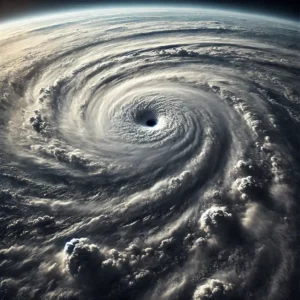
Understanding how a hurricane forms allows us to be one step ahead and prevent the devastating effects of these natural phenomena. Especially in areas
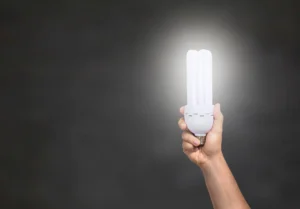
In a world where energy efficiency is increasingly a priority, learning to save energy has become a crucial need for both
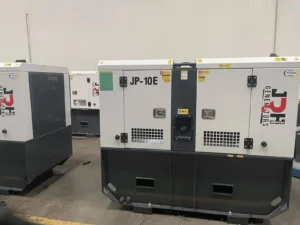
In a world that doesn't stop, the need for a reliable and continuous power source is more crucial than ever. At JRH Power
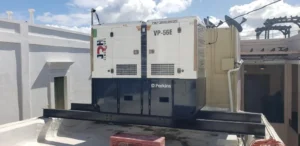
Have you ever wondered how electricity becomes a constant in our lives, even in the most critical moments? At JRH Power
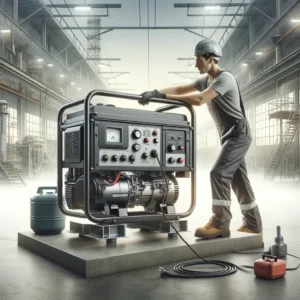
In our modern world, where electricity is vital, power outages are a frequent reality. Know how to connect a generator to the house